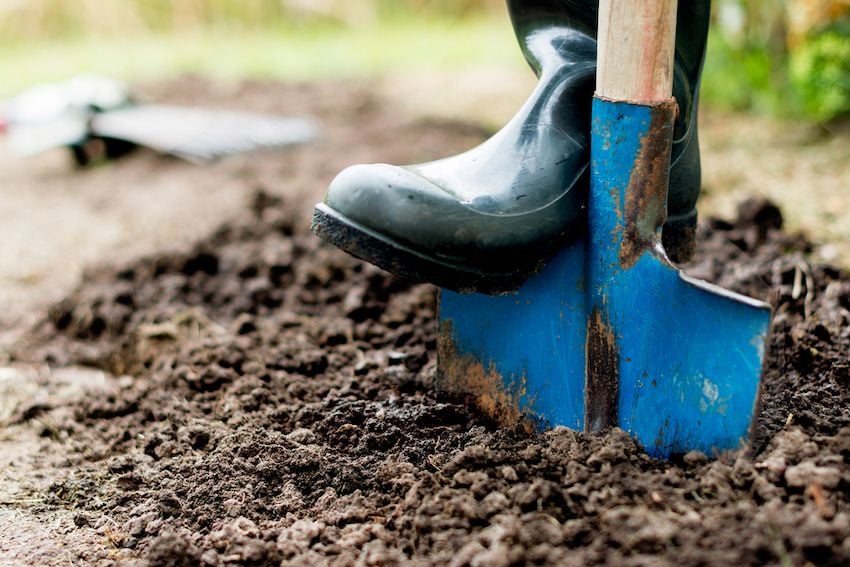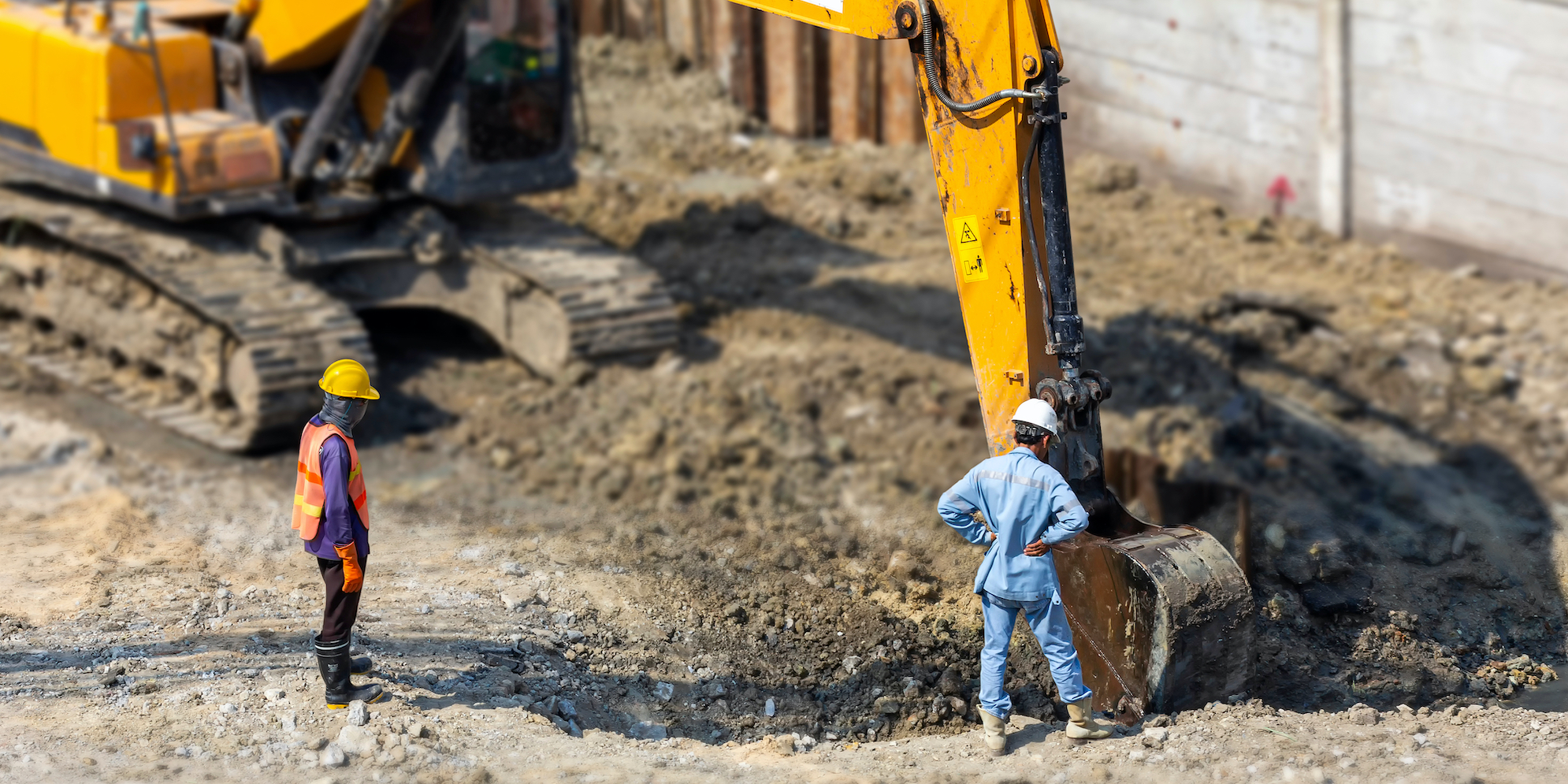Utility damages are on the rise. According to the Common Ground Alliance’s 2019 DIRT Report, there were 534,151 reported utility damages in the U.S. and Canada in 2019, a 4.5 percent increase since 2018.
The majority of excavation accidents fall into just a few root categories. Read on to learn what these categories are as well as steps utilities can take now to prevent future utility damages.
Top causes of excavation accidents
1. No call excavations
Failure to notify 811 is the leading cause of excavation accidents. More than a quarter (29.1 percent) of damages reported last year were because excavators did not notify a facility owner or operator of their projects through a One Call Center, according to the 2019 DIRT Report.
One way to reduce the number of no call excavations is by executing Call Before You Dig marketing campaigns. Utilities can increase excavator and homeowner awareness of the 811 ticketing process and educate on how it works through a mix of traditional marketing tactics (direct mail, point-of-sale advertisements, event sponsorships, earned media, etc.) and digital marketing tactics (Google AdWords, social media, email, etc.).
Utilities can increase the effectiveness of their Call Before You Dig campaigns by tailoring their messages so they resonate with different audiences, especially homeowners, who often do not know that 811 rules apply to them. They can also use the damage prevention software Urbint Lens for Damage Prevention, which uncovers where no call excavations are most likely to occur, to best focus their awareness and education efforts.
2. Early excavation
In 2019, excavators caused 33,665 utility damages—9.78 percent of the total reported damages—because they started digging before their allotted start date/time. An additional 4,362 damages were a result of excavators digging because facility operators/owners or contract locators did not respond to their locate requests.
Responding to locate requests quickly is key to preventing utility damages. Of course, that’s easier said than done. Most infrastructure damage prevention programs have limited staff tackling a large volume of tickets. Timely response is even more challenging during unpredictable workload fluctuations like the surge of excavations during the COVID-19 pandemic.
One way to prevent utility damages caused by early excavation is to prioritize locates based on the work start date. Utilities can use damage prevention software including Urbint Lens for Damage Prevention or possibly their ticket management system to surface 811 tickets that are nearing or are past their deadlines. If utilities cannot respond to locate requests in time, they can contact excavators to find a mutually agreeable date for marking.
3. Inaccurately marked facilities
Though excavator behavior is the leading cause of utility damages, the 2019 DIRT Report shows locating practices also contribute. In fact, 10.57 percent of damages reported last year were due to locators marking facilities inaccurately.
Properly training locators is essential to prevent utility damages. According to Common Ground Alliance best practice 4.05, locator training guidelines and practices, at a minimum, should include:
- Understanding system design, prints, and technology
- Understanding construction standards and practices for all types of facilities
- Equipment training and techniques
- Plant recognition training
- Theory of locating
- Daily operations
- Facility owner/excavator relationships and image
- Safety procedures per OSHA regulations/federal, state/provincial, and local laws
- Written and field testing
- Field training
- Annual retesting
Utilities should pay close attention to damage reports to determine if certain locators have a history of mismarking facilities. Then, as new 811 tickets are received and assigned, they can partner more damage-prone locators with experienced members of their staff who can coach them on the job.
4. Unmarked facilities
Unmarked facilities also play a role in utility damages. Facilities may be unmarked due to locator error, but they may also be unmarked because a utility’s facilities records or maps are inaccurate.
To prevent excavation accidents, utilities must locate and accurately mark their facilities, including abandoned facilities, and provide One Call Centers with consistent and current information. This way, One Call Centers can accurately notify utilities of excavation activities near their facilities.
Utilities can consider innovative technologies such as drone mapping to reduce the time and cost of detecting and mapping their facilities.
Preventing excavation accidents with field interventions
Quality assurance efforts including locate audits and field interventions are critical to underground utility damage prevention. Locate audits can catch inaccurate or unmarked facilities, and field interventions help excavators navigate tricky projects.
Unfortunately, utilities do not have large enough workforces to oversee every locate request and excavation. Therefore, it’s critical they prioritize projects based on risk. Urbint Lens for Damage Prevention allows utilities to make the most of a small workforce by surfacing high-risk 811 tickets. The damage prevention software examines a utility’s historical incident data as well as internal data such as the age, type, and location of an asset, and combines it with Urbint’s proprietary Model of the World—a representation of external forces that surround and impact underground assets, including soil conditions, elevation, weather, population density, construction, and more—to assign risk scores to 811 tickets. Utilities can use this information to better prioritize their field interventions.
For more help preventing excavation accidents, see the blog post “How to Reduce Utility Damages Straight from the Experts.”

